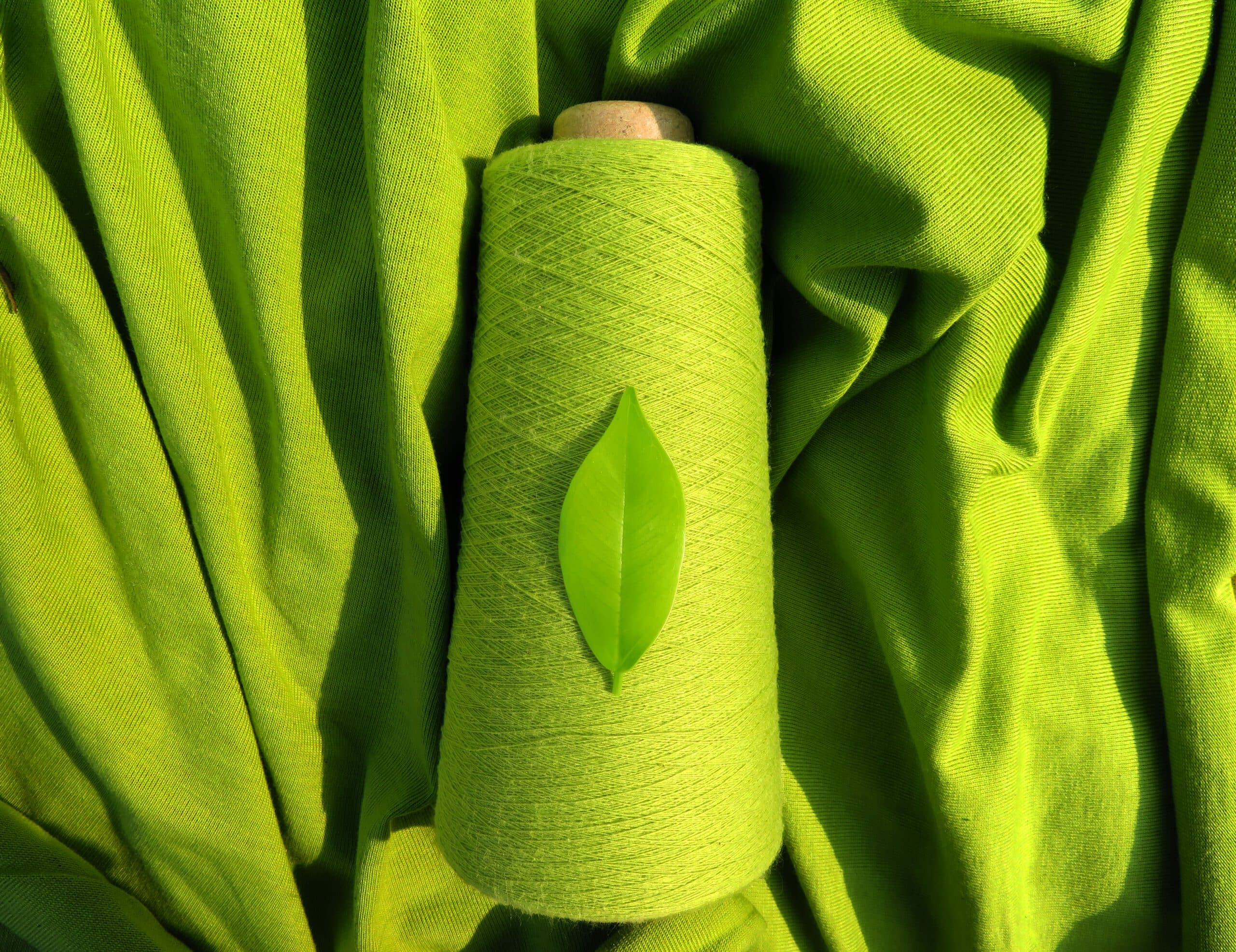Today, South Africa is the largest producer of mohair wool in the world. Wool is produced in most parts of South Africa under either extensive, semi extensive or intensive conditions. More than 50% of the clip is produced in two provinces, namely the Eastern Cape and the Free State provinces, both provinces placed at the helm of water scarcity and failing water infrastructure.
Animal hide leather is not only a major part of South Africa’s cultural heritage, but a part of the growing tourism and fashion industries. Animal leather must be tanned before it can be made into products such as shoes, furniture, wallets and jackets. The chemical tannery effluent that results from this process is known to contain a number of pollutants. These include salt, lime sludge and acids. Tanning stabilizes collagen or protein fibers in animal skins, stopping it from degrading or rotting.
The production of wool and leather requires excessive amounts of water. One cow produces 6.1kg of leather (17,100L x 6.1kg per hide = 104,310L) and It takes approximately 500,000 liters of water to manufacture a metric ton of wool. Even with new sustainable leather technologies being developed every day, one constant still remains – high water consumption, with even the newest of sustainable vegan leather manufacturing technologies requiring about 200 liters of water to produce approx. 1kg of dry material.
We can help to identify the best solution for your factory and will develop the best water and wastewater treatment system to boost your savings.

